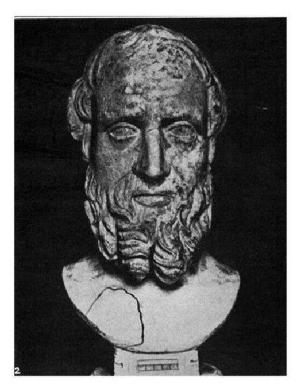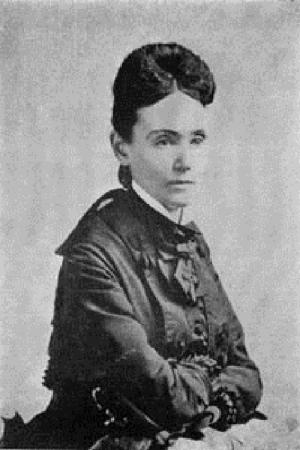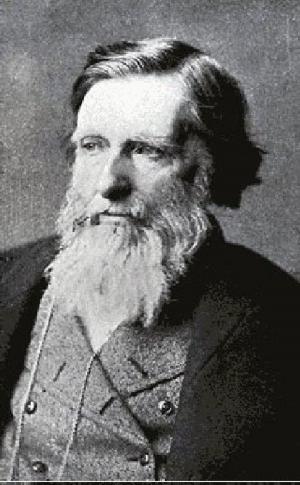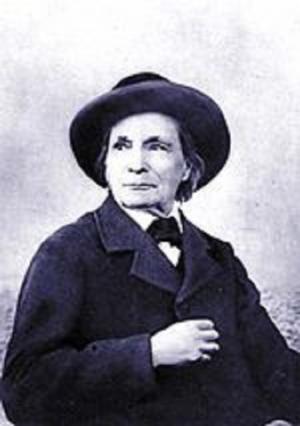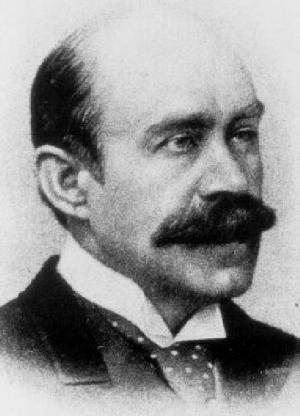| Author: | Georg Ebers | ISBN: | 9781455317783 |
| Publisher: | B&R Samizdat Express | Publication: | December 15, 2009 |
| Imprint: | Language: | English |
| Author: | Georg Ebers |
| ISBN: | 9781455317783 |
| Publisher: | B&R Samizdat Express |
| Publication: | December 15, 2009 |
| Imprint: | |
| Language: | English |
According to Wikipedia: "Georg Moritz Ebers (Berlin, March 1, 1837 Tutzing, Bavaria, August 7, 1898), German Egyptologist and novelist, discovered the Egyptian medical papyrus, of ca 1550 BCE, named for him (see Ebers papyrus) at Luxor (Thebes) in the winter of 187374. Now in the library of the University of Leipzig, the Ebers papyrus is among the most important ancient Egyptian medical papyri. It is one of two of the oldest preserved medical documents anywhere, the other main source being the Edwin Smith papyrus (c. 1600 BCE)... Ebers early conceived the idea of popularizing Egyptian lore by means of historical romances. Eine ägyptische Königstochter was published in 1864 and obtained great success. His subsequent works of the same kind—Uarda (1877), Homo sum (1878), Die Schwestern (1880), Der Kaiser (1881), of which the scene is laid in Egypt at the time of Hadrian, Serapis (1885), Die Nilbraut (1887), and Kleopatra (1894), were also well received, and did much to make the public familiar with the discoveries of Egyptologists. Ebers also turned his attention to other fields of historical fiction—especially the 16th century (Die Frau Bürgermeisterin, 1882; Die Gred, 1887)—without, however, attaining the success of his Egyptian novels."
According to Wikipedia: "Georg Moritz Ebers (Berlin, March 1, 1837 Tutzing, Bavaria, August 7, 1898), German Egyptologist and novelist, discovered the Egyptian medical papyrus, of ca 1550 BCE, named for him (see Ebers papyrus) at Luxor (Thebes) in the winter of 187374. Now in the library of the University of Leipzig, the Ebers papyrus is among the most important ancient Egyptian medical papyri. It is one of two of the oldest preserved medical documents anywhere, the other main source being the Edwin Smith papyrus (c. 1600 BCE)... Ebers early conceived the idea of popularizing Egyptian lore by means of historical romances. Eine ägyptische Königstochter was published in 1864 and obtained great success. His subsequent works of the same kind—Uarda (1877), Homo sum (1878), Die Schwestern (1880), Der Kaiser (1881), of which the scene is laid in Egypt at the time of Hadrian, Serapis (1885), Die Nilbraut (1887), and Kleopatra (1894), were also well received, and did much to make the public familiar with the discoveries of Egyptologists. Ebers also turned his attention to other fields of historical fiction—especially the 16th century (Die Frau Bürgermeisterin, 1882; Die Gred, 1887)—without, however, attaining the success of his Egyptian novels."

